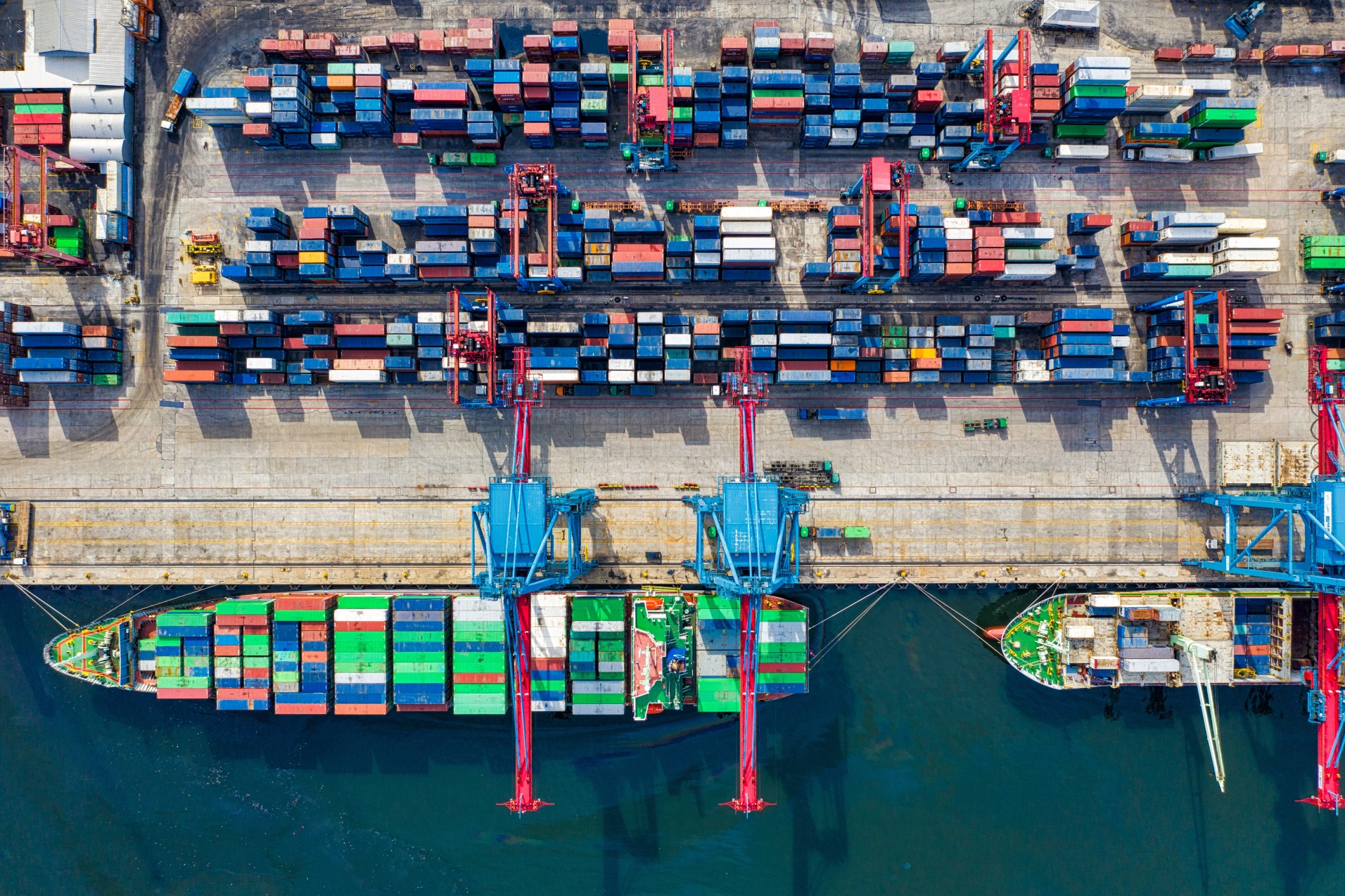Supply chain management is a part of the overall manufacturing process, which captures all aspects of the movement of goods and services. This management oversees the full process, from moving raw materials to delivering finished goods to a customer. When a problem arises, the management system is expected to resolve it to continue production. The better the management, the more influential the manufacturing.
A supply chain links multiple processes that ensure a good is produced and delivered to a customer, otherwise known as a…drum roll please…chain of events!
Just like a physical chain, if a link is weak or broken, the chain itself fails its purpose and is broken completely. The supply chain is much the same, except it is not an actual chain. Unless the company is making chains, it is a supply chain of chains, but if there were multiples all working together to make chains, then it would be a chain of supply chains of chains. Now that may be a chain, but the overall goal is to manage that chain, lest the chain breaks and the chains are never made. If the word chain hasn’t lost all meaning to you, read this again.
The management is linked to two types of flows: physical flows, which involved the transformation and movement of goods and materials, and information flows, which help partners and organizations coordinate plans and goals and manage the day-to-day tasks of the manufacturing process.
There are several different links in the chain of supply chain management:
- Logistics: The logistics link watches over and controls the flow and storage of the goods and services produced. The planning and implementation occur here and ensure goods arrive when and where they are supposed to.
- Supply: This link is responsible for the identification, assessment, acquisition, positioning, resources, and all capabilities an organization needs to meet its goals concerning production.
- Value: The third link in our chain works with logistics, marketing, human resources, technology development, procurement, infrastructure, and more to provide value to the product for the customer, thus increasing potential revenue for the company.
- Distribution: The final link is distribution, which supports the flow of goods and services to the customer from the manufacturer itself. In the current digital age, this can take place in many ways, but it always relies upon effective communication and a smooth flow of goods. An effective distribution link must be flexible to the needs of distributors, customers, and the overall company.
